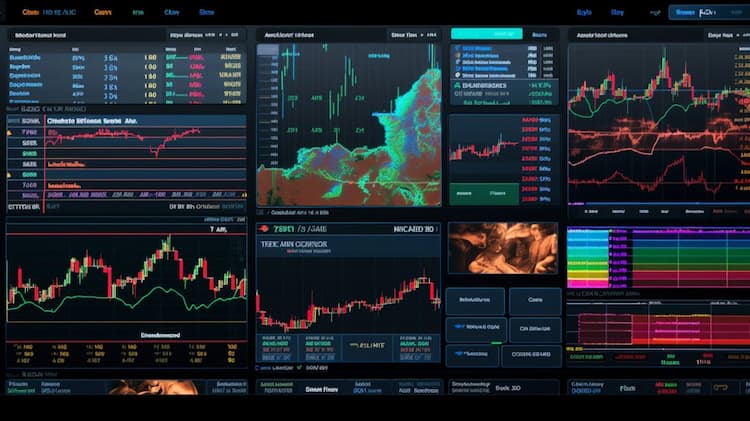
VCE VS HXT: A Comprehensive Comparison of ETFs
Exchange-Traded Funds (ETFs) have become essential tools in modern investment portfolios, providing diversified exposure to various sectors and asset classes. In this article, we will conduct a comprehensive comparison between two prominent ETFs: VCE (Vanguard FTSE Canada All Cap Index ETF) and HXT (Horizons S&P/TSX 60 Index ETF). We'll explore key aspects including ETF tickers, full names, issuers, sectors, top holdings, capitalization, investment strategies, tracking methods, and exposure.
VCE VS HXT: Overview
VCE and HXT are distinct ETFs that offer exposure to the Canadian equity market. VCE aims to track the performance of the FTSE Canada All Cap Index, providing investors with broad coverage of the Canadian stock market. On the other hand, HXT tracks the S&P/TSX 60 Index, focusing on the performance of the 60 largest and most liquid stocks on the Toronto Stock Exchange.
VCE VS HXT: Sectors and Top Holdings
VCE's portfolio spans across various sectors of the Canadian economy, including financials, energy, and technology. Its top holdings typically include major Canadian companies such as Shopify, Royal Bank of Canada, and Enbridge. In contrast, HXT's focus on the S&P/TSX 60 Index means that its portfolio is concentrated in the sectors represented by these top 60 companies, providing a snapshot of the overall market performance.
 VCE overlap VCE VS HXT: A Comprehensive Comparison of ETFs
VCE overlap VCE VS HXT: A Comprehensive Comparison of ETFs
VCE VS HXT: Capitalization and Investment Strategy
The Vanguard FTSE Canada All Cap Index ETF (VCE) enjoys a substantial asset under management (AUM), reflecting its popularity among investors seeking broad exposure to the Canadian equity market. HXT's strategy revolves around tracking the S&P/TSX 60 Index, which is designed to represent leading companies in Canada. The difference in capitalization and investment strategy between VCE and HXT can lead to variations in potential returns and risk levels.
VCE VS HXT: Tracking Methods and Exposure
VCE's goal is to closely replicate the performance of the FTSE Canada All Cap Index, which encompasses a wide range of Canadian stocks. On the other hand, HXT's tracking methodology involves using a total return swap to replicate the performance of the S&P/TSX 60 Index. This unique approach allows HXT to provide exposure to the index while minimizing direct ownership of its underlying components.
Conclusion
VCE and HXT are valuable investment options for those interested in gaining exposure to the Canadian equity market. Understanding the differences in their objectives, portfolios, capitalization, and tracking methods is crucial for making informed investment decisions. For investors seeking deeper insights into the holdings, correlations, and other valuable information about these ETFs, tools like ETF insider offer a user-friendly app that facilitates comprehensive exploration.
Disclaimer: This article is for informational purposes only and does not provide investment advisory services.
Sources:
Vanguard FTSE Canada All Cap Index ETF (VCE) official website
Horizons S&P/TSX 60 Index ETF (HXT) official website











